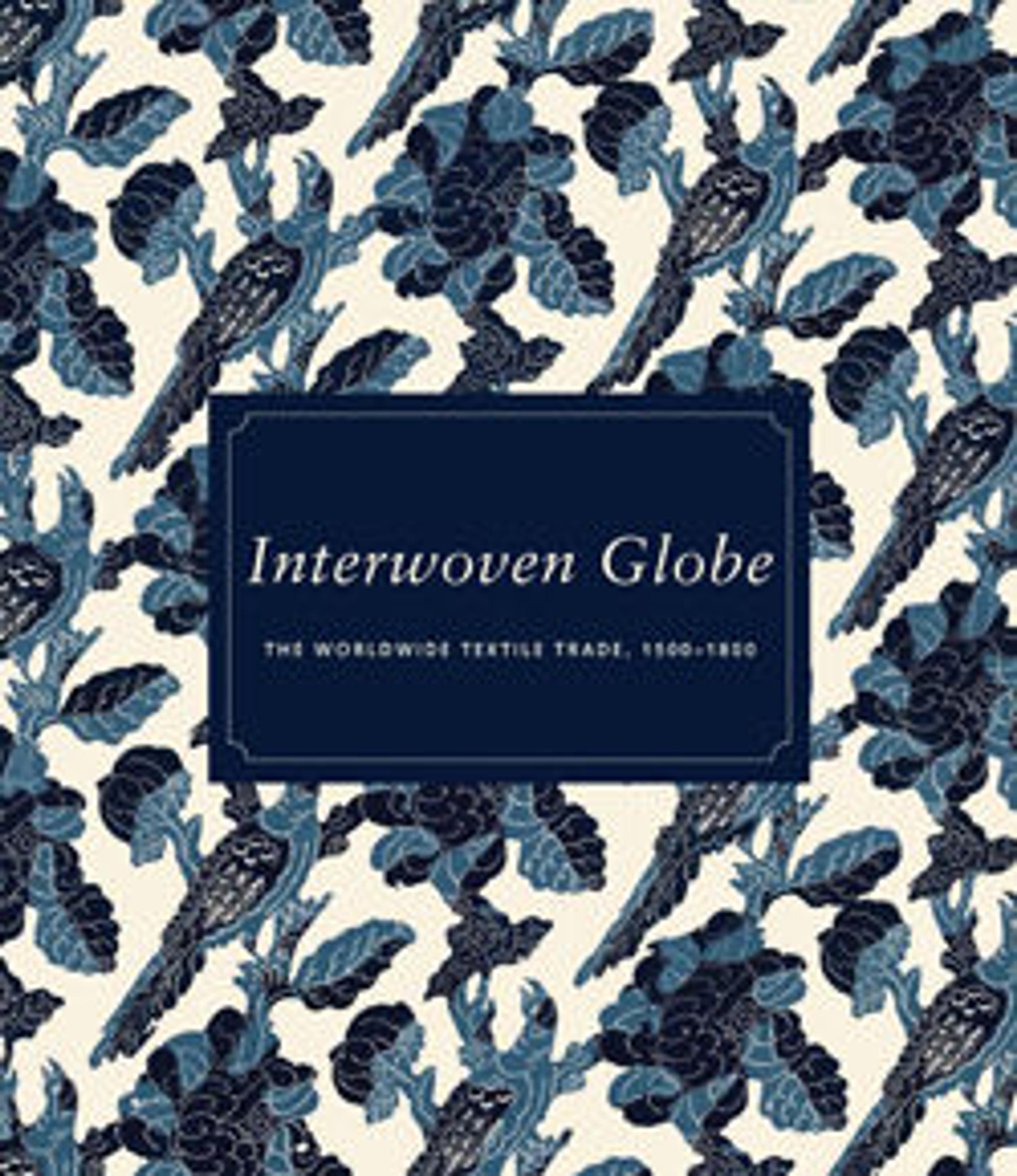Dye-Patterned Silk
This multicolored Indian silk made its way to China, where it was used to line the embroidered Chinese coverlet with the dragon center. The pattern was produced by clamp-resist dying—an ingenious technique for producing polychrome textiles. A folded cloth is tightly pressed and clamped between pairs of wooden blocks carved with the desired decorative pattern. Then the whole unit is immersed in a dye bath. Drilled channels in the blocks enable dye to flow into selected areas. Channels for different colors allow dyes to be applied sequentially, as openings are sealed or unsealed for each hue.
cat. no. 2
cat. no. 2
Artwork Details
- Title:Dye-Patterned Silk
- Date:17th century
- Culture:India
- Medium:Silk (clamp resist, dyed)
- Dimensions:Mount (a): 96 x 44 in. (243.8 x 111.8 cm)
Overall (b): 87 1/2 x 35 1/2 in. (222.3 x 90.2 cm)
Overall (c): 86 x 10 in. (218.4 x 25.4 cm) - Classification:Textiles-Printed
- Credit Line:Rogers Fund, 1975
- Object Number:1975.208a–c
- Curatorial Department: Asian Art
More Artwork
Research Resources
The Met provides unparalleled resources for research and welcomes an international community of students and scholars. The Met's Open Access API is where creators and researchers can connect to the The Met collection. Open Access data and public domain images are available for unrestricted commercial and noncommercial use without permission or fee.
To request images under copyright and other restrictions, please use this Image Request form.
Feedback
We continue to research and examine historical and cultural context for objects in The Met collection. If you have comments or questions about this object record, please contact us using the form below. The Museum looks forward to receiving your comments.
